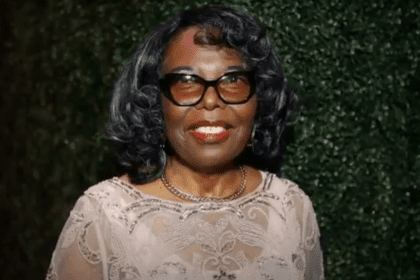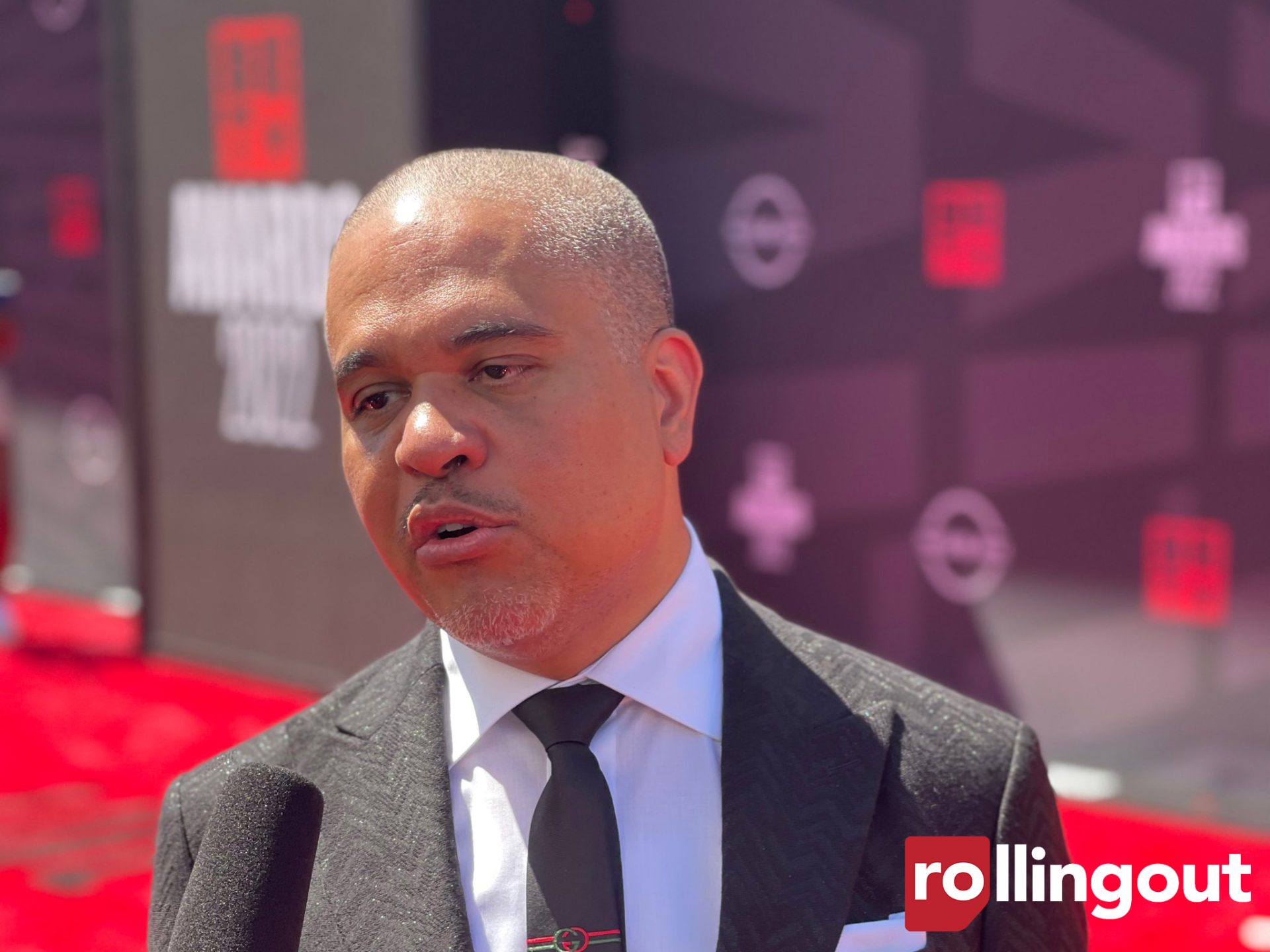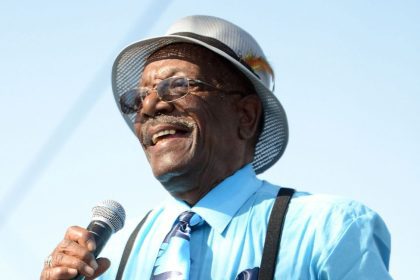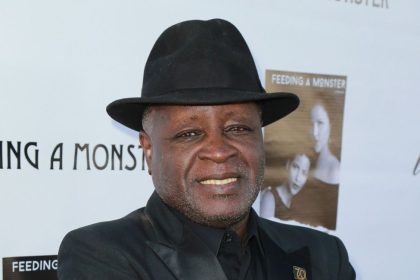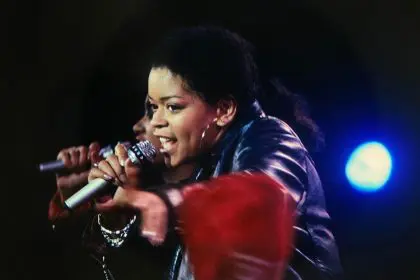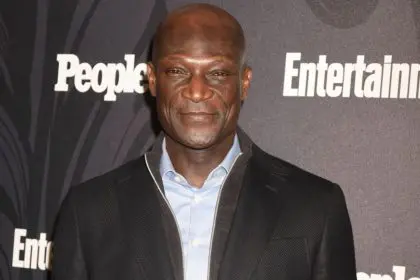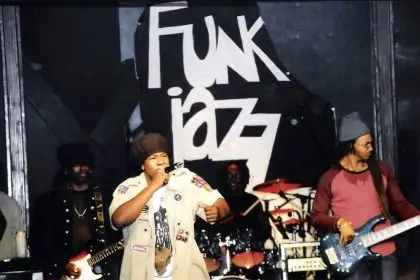Saafir has died at the age of 54. The Oakland-born artist was known for his innovative rhyme style and significant contributions to West Coast hip-hop culture.
The rapper – whose real name was Reggie Gibson – was a member of the group Golden State Project alongside Ras Kass and Xzibit, and the latter confirmed his passing on social media. The group was instrumental in shaping the underground hip-hop scene of the late 1990s.
“I can’t believe I’m writing this right now, but don’t know what else to do at the moment. Approximately at 8:45am this morning, my brother Reggie known to the world as Saafir passed away. We have so much history I can’t even explain what I’m feeling right now. We surrounded him and let him know how much we loved him. He can rest now,” Xzibit wrote on Instagram on Tuesday (19.11.24) night, without revealing a cause of death.
“Friends, Family, everyone that rocked with us from the Hip Hop community, if you could be so solid and reach out for @chopblack his younger brother, and @lilsaafir his son, the family really needs to be supported during this time. That’s all I have right now. My soul is crushed. We love you Bro.”
At the start of his career, Saafir lived with late musician Tupac Shakur and became a dancer for Digital Underground, for which he would eventually make some of his first recordings as a rap artist. This period in the early 1990s was considered a golden era for West Coast hip-hop, with Digital Underground being one of the most influential groups of the time.
He released his debut album ‘Boxcar Sessions’ in 1994 and ‘Trigonometry’, as well as ‘The Hit List’ and ‘Good Game: The Transition’ came in the years that followed. ‘Boxcar Sessions’ was particularly praised for its experimental approach to hip-hop production and complex lyrical content.
His final release was in the form of an EP titled ‘Fast Lane’, which came out in 2009. Throughout his career, Saafir collaborated with numerous notable artists and producers, leaving an indelible mark on the hip-hop landscape.
Away from music, Saafir appeared in the 1993 film ‘Menace II Society’ opposite Jada Pinkett Smith, in what was her big-screen debut. The film went on to become a cultural touchstone of 1990s African American cinema.
In 1992, the rapper was aboard on TWA Flight 843, which crashed shortly after takeoff from John F. Kennedy International Airport and he suffered a back injury as a result of the incident. The crash involved 292 passengers and crew members, with Saafir being one of the survivors.
In later years, he underwent spinal surgery but suffered complications and ended up in a wheelchair. Despite these physical challenges, he continued to create music and inspire others in the hip-hop community.
Tributes from fellow artists and fans have poured in since the announcement of his passing, celebrating his legacy in both music and film. His unique style and technical prowess influenced numerous artists in the underground hip-hop scene.
Throughout his career, Saafir was known for his complex wordplay and unconventional delivery, earning him respect among hip-hop purists and critics alike. His work with the Golden State Project helped establish a bridge between mainstream and underground hip-hop.
The rapper’s journey from Oakland’s underground scene to collaborating with some of hip-hop’s biggest names demonstrated his versatility and artistic growth. His connection to Tupac Shakur and Digital Underground placed him at the center of hip-hop’s evolution during the 1990s.
Despite facing significant physical challenges in his later years, Saafir remained connected to the hip-hop community, mentoring younger artists and sharing his experiences from the golden era of West Coast rap. His contribution to the culture extends beyond his recorded output, influencing a generation of artists who followed.
Friends and family members have announced that memorial services will be arranged in the coming days, with details to be shared through social media. The hip-hop community continues to remember Saafir as not just a skilled artist, but as a pioneer who helped shape the sound of West Coast rap.


